Are you looking to get the word out about your new products? Do you want the attention of your everyday shoppers without the huge celebrity endorsements? More likely than not, someone on your marketing team has recommended dipping into the power of micro-influencers.
We all know that Instagram influencer marketing is on an uptick. This type of strategy has been on the short list of a lot of major brands. But as we get deeper into the world of influencers, how do brands know what works best when it comes to influencers, micro-influencers and now even nano-influencers?
That’s a lot of different names for what you truly want–brand advocates.
But we’ve already seen success with using influencers to drive product awareness and increase sales. A study by Tomoson found businesses make an average of $6.50 for every $1 spent on influencer marketing and attract higher quality customers at the same time.

The problem is most influencers–and those inspiring to be influencers–have begun to realize their own worth. And now they’re getting expensive.
So, what if your brand doesn’t want to spend major marketing budgets on influencer partnerships? It’s time to dive deeper and work with micro-influencers who simply reach their smaller inner circles of friends and family to influence purchasing decisions.
What Are Micro-Influencers?
Micro-influencers are a type of brand advocates that have much smaller followings and use word-of-mouth marketing to recommend products and services to their followers, which typically only consist of friends and family members. The goal of an everyday influencer is to be a more reliable source of truth with your product or service than the opinions of major social media influencers and celebrities.
Micro-influencers have day jobs. They don’t rely on mass amounts of free samples and paid content opportunities. Instead, these are your everyday, run-of-the-mill shoppers who actually buy from you or would be your target demographic.
Why You Should Work With Micro-Influencers
You might be thinking, if these people have smaller followings, why would you want to have them market your business? But as it turns out, micro-influencers have significant–and sometimes specific–benefits to generate buzz about your products and services.
Here’s just a few reasons why you should work with micro-influencers on your next product launch or marketing campaign:
Attract a Smaller, But More Targeted Audience
Oftentimes, micro-influencers are 100% targeted to a specific niche inside a general product demographic that a larger influencer might not have credibility. Think about it–could Huda Kattan, an extremely popular makeup Instagram influencer, sell fishing and tackle gear to her 33.7 million followers?
https://www.instagram.com/p/BuljCEQh8-k/
While we certain she would drive a ton of traffic to any site she mentions, a brand like Catch Co., which sells monthly fishing gear boxes, would over pay and see a huge drop in cost-per-click (CPC) and cost-per-acquisition (CPA), Instead of relying on mass follower counts, micro-influencers target everyday fishers who can get the word out about your products to a loyal and interested few thousand users.
As they say–fish where the fish are biting.
A more targeted audience also leads to more engagement. In fact, a study by Markerly found Instagram influencers with less than 1,000 followers received likes 8% of the time on their posts and comments at 0.5%.
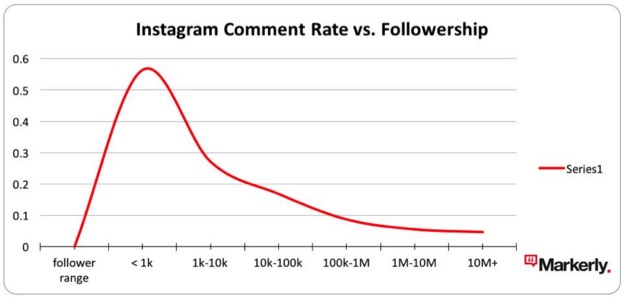
In comparison, larger influencers with more than 10 million followers received only 1.6% of likes and less than 0.04% for comments. These numbers show micro-influencers have the ability to generate better engagement with their audience than mass-follower counterparts.
Higher Trust Rate in Products
Providing trust in your products is the key to obtaining new customers and limiting obstacles in the path to purchase for those considering you. Brands have to build trust by opening communication and giving customers confidence in your products.
Did you know that 4 in 10 millennials on YouTube believe their favorite influencer understands them better than their friends? That level of trust is incredible.
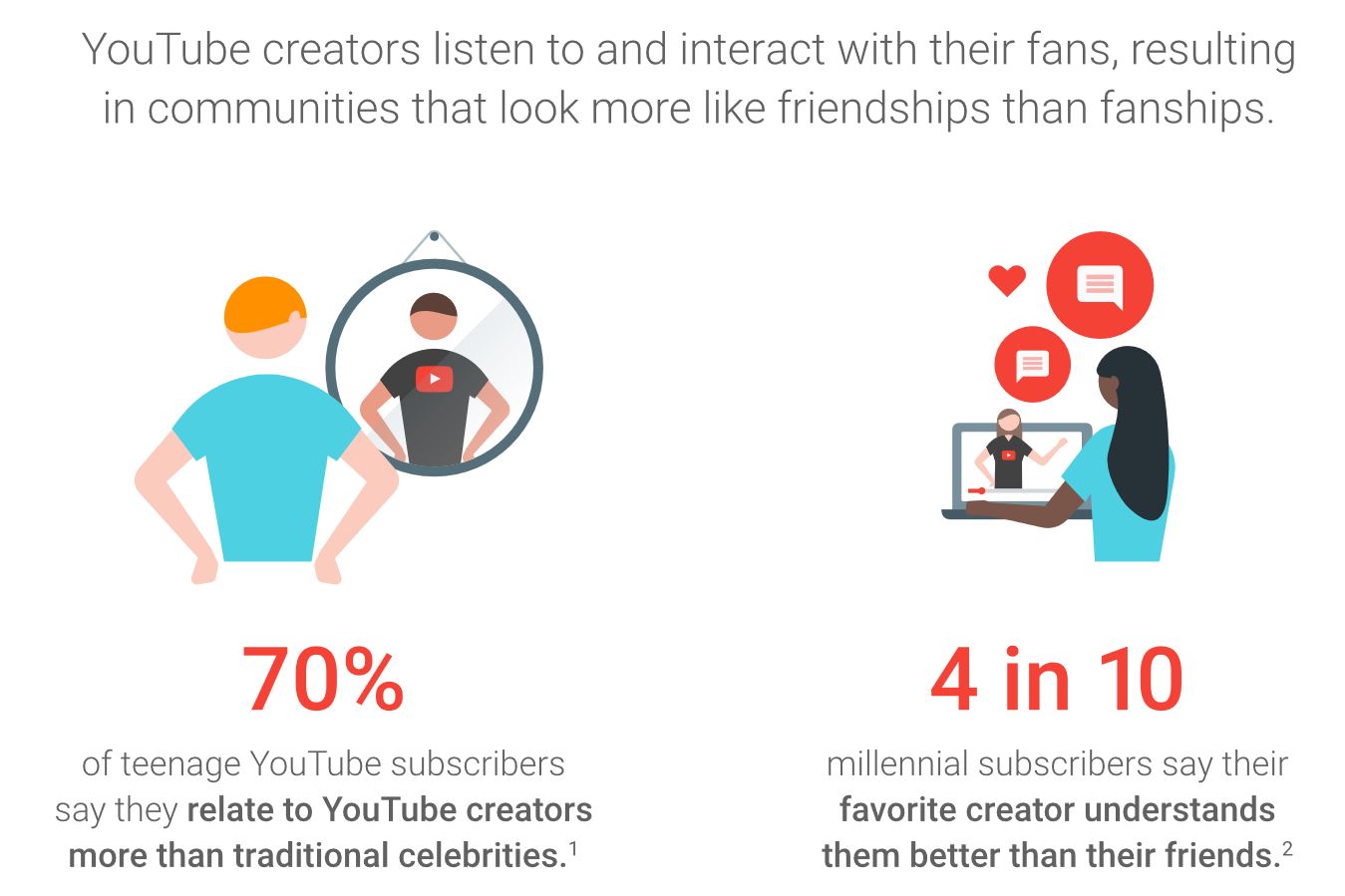
Stats like this should show everyone the impact of major influencer opinions and how they affect their audiences. But when it comes to micro-influencers, this idea is even more relevant.
While large influencers are extremely relatable to consumers, so are everyday influencers to their own groups. There’s plenty of research showing consumers trust each other over brand messaging–even on social media.
And for everyday influencers, their trust is present because of their friends and family. People constantly seek out recommendations from peers, which means the trust factor is much higher when it’s a friend or family member making a product recommendation.
Put Your Marketing Dollars to Work
Celebrity-level influencers are expensive. Some of the top influencers charge up to $25,000 per social media post to promote a brand or product.
These costs are typically well over brands’ marketing budgets. This has more companies turning to micro-influencers, which typically cost closer to $500 per promotion.

However, there’s another cost-effective way to get the most out of your everyday influencers. PowerReviews Influencer and Sampling Suite provide brands with the opportunity to reach a massive community of brand advocates, micro-influencers and authentic shoppers.

With the help the largest network of pre-qualified everyday influencers, brands increase trust and product awareness with simple product sampling solutions.
In fact, our community delivers more than an 80% delivery-rate on average, which lets brands gain authentic ratings and reviews content, product insights, visual content and valuable customer feedback.
Want to see how you could benefit from a product sampling campaign? Reach out to our team and request a demo to gain more insights!
3 Tips to Scale Your Micro-Influencer Strategy For More Wins
Now that you know a few reasons why you should work with micro-influencers, how do you go about scaling your marketing strategy and overall implementation? We’ve got you covered with three quick tips to get your campaign off on the right foot.
1. Sharpen Your Search Skills to Find Relevant Micro-Influencers
Where in the world are the best micro-influencers for your brand?
To scale your efforts and maintain your budget, you need to sharpen your search skills. Before you start, think about where your target audience lives online.
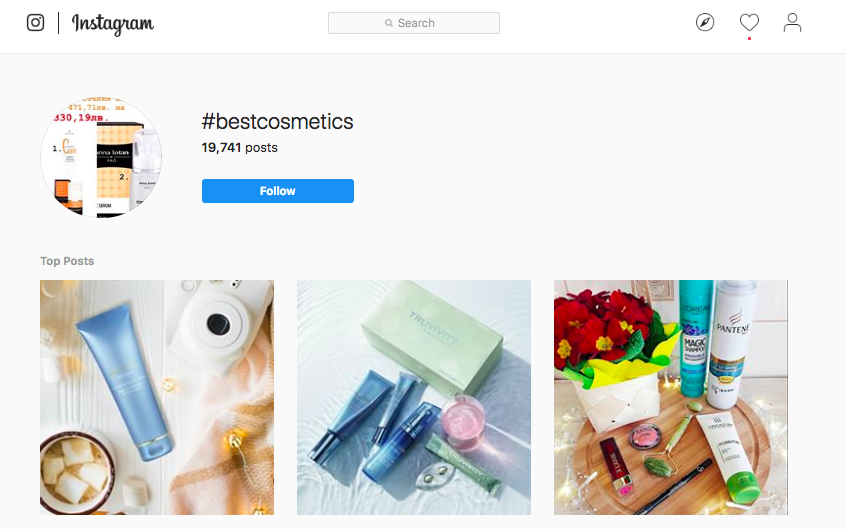
For example, do a hashtag search for some keywords that not only fit within your niche product, but also words associated with the pain points your product or service resolves. The challenge is finding a hashtag that ins’t too large (think less than 200,000 posts) but isn’t too small where you’ll have any reach.
If you’re a local business, you can also try searching for posts in your physical location.
Another way to search for micro-influencers is by sorting through people who already follow you, use your products and mention your brand on social media. There’s a huge amount of user-generated content on social media that could help increase purchasing decisions when people see visuals of people like themselves on your product pages.
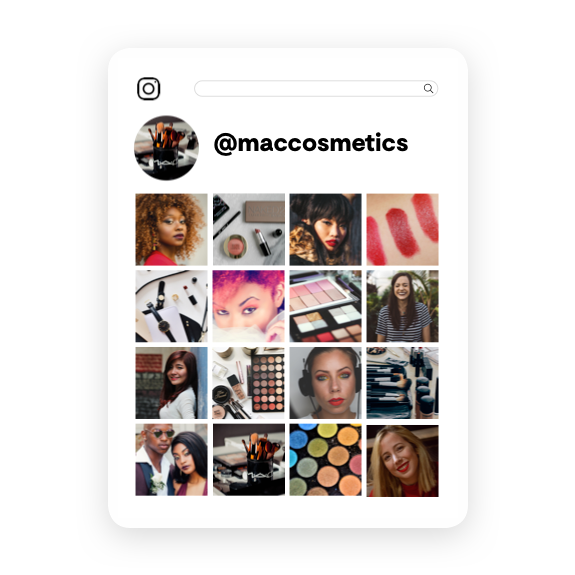
That’s why our Visual and Social Suite is trusted by brands and retailers who know the value of user-generated content. Our software allows companies to easily collect, curate and get approval for user-generated content and then display it across product pages.
2. Assess Your List of Micro-Influencers
Once you start your search, it’s time to narrow down your most relevant influencers.
First, look through their content and see if it aligns with your business. See if the majority of a users’ content is related to your business or would be in the same field.
Next, set requirements that your ideal micro-influencers must have, such as a minimum or maximum amount of followers, follows a certain amount of brands or posts a specific amount of days in the week. Think about your goals and how they could relate toward your specific requirements.
https://www.instagram.com/p/BuhqkzvhC7b/
For example, if your goal is to get better visual content related to your brand, make sure the influencers on your list produce above-average content. We can see the higher quality image in the example above, which is likely why Heritage was more inclined to use this influencer.
It’s also important to check for vital signs. Is the influencer actively posting as well as conversing with their audience? Are they taking their status as an influencer seriously?
Measure their engagement rates across the channels you’re promoting and make sure you’re seeing the numbers that make sense. As we said, micro-influencers normally have much better engagement than larger influencers, but this is just an average and therefore isn’t always true for specific micro-influencers.
Unfortunately, with the rise in popularity of influencers, there are plenty of people trying to game the system. Some buy social media followers in mass and expect brands won’t check to make sure their 2,000 followers are mostly real people.
You can resolve this by calculating the engagement rate of their posts. If they have 10,000 followers, but only get 20 likes and no comments on their posts, something is off.
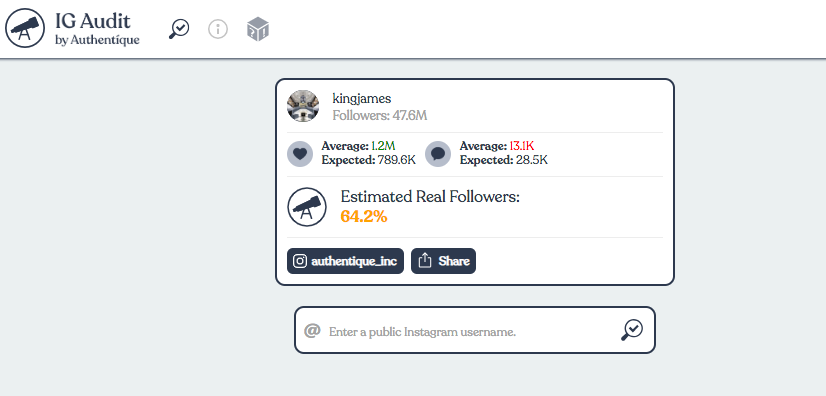
Additionally, you can use tools like IG Audit (for free) or FakeCheck.co to audit their Instagram followers so you know they have real reach.
3. Ensure Authenticity Within Posts
While the overall authenticity of your influencers is important, you’ll also want to make sure that the actual posts they create for you are authentic.
When scoping out influencers, it’s important to see what kind of comments they write for their posts. Are they just blindly promoting any brand that contacts them? Or are they providing genuine value to their audience in their recommendations?
https://www.instagram.com/p/Bc5CctxgGVa/
For example, audiobook provider Audible used micro-influencer Jesse Driftwood to promote their company. The honest feedback is what helps drive trust in the first place.
This is one of the best benefits of Instagram. It’s easy to spot credible content. Always look for honesty and avoid hiding your more negative feedback.
We know the Proven Power of Reviews study says 82% of shoppers actually look for negative reviews of a product before purchasing.
It’s Time to Get Started
Targeting your core audience comes with a lot of challenges, but there are tools out there that can help you. As we’ve covered, there are several benefits your brand could see with micro-influencers promoting your products or services.
Whether it’s sharpening hashtag search skills or running engagement numbers on posts, make sure your micro-influencers align their with your brand and have the potential to increase visibility. By keeping your team organized, there’s a lot your marketing team can do on a budget.






